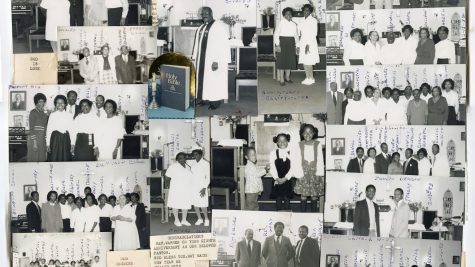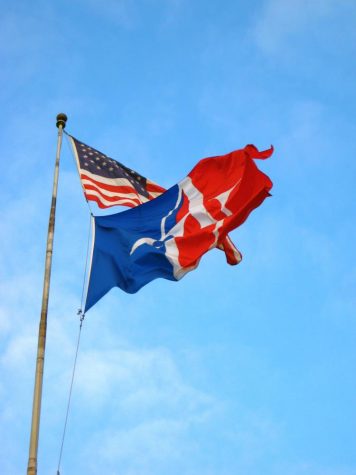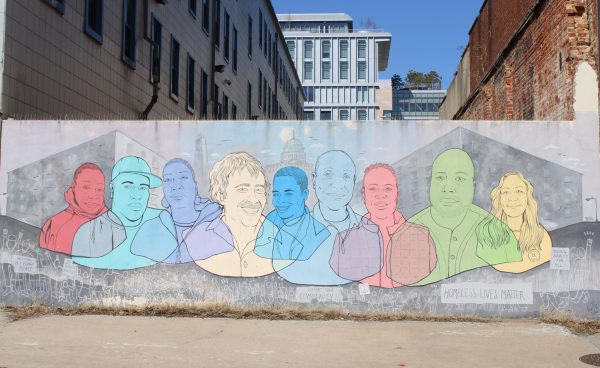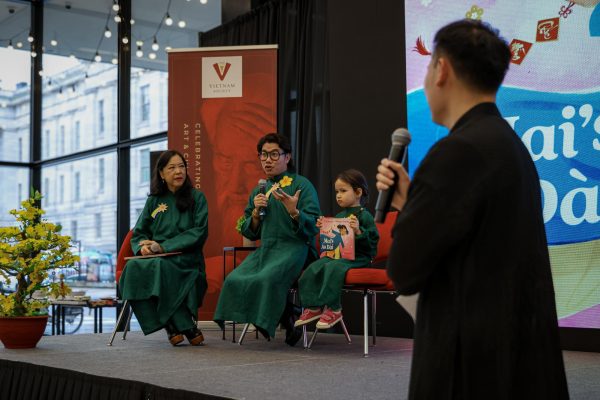The political hyphen: Challenging naming customs through hyphenation
A hyphen connects two things previously separated, like a marriage or a chemical bond. When put in between surnames, hyphens create a double-barrel surname that meshes surnames together.
This tiny punctuation mark became a big deal in post-World War American society, and was used by women resistant to traditional naming practices, for political and personal reasons. A look at the history of the hyphen helps us understanding the changing social landscape women inhabited through the middle of the 20th century.
Traditional naming practices can be traced back half a millenia ago. Under English common law, a woman’s legal rights and obligation were consolidated and incorporated into the rights of the husband. Following marriage, the wife lost her surname along with her legal rights, and began to share her husband’s surname.
The patriarchal custom of the husband’s surname replacing the maiden name began to erode after World War II, as traditional gender roles changed.
The role women played in the workforce during World War II did not diminish with peace. The percentage of women in the labor force as a percentage of women of working age increased from 45.9 percent in 1955 to 51 percent in 1965. A significant portion of these women were married and had children. One in five women with children under six and nearly one fourth of women with children were over the age of 16 worked in the sixties.
Though they were severely restricted in the fields they could enter, and harsh gender roles still existed, women pursued jobs outside of the domestic sphere for the first time.
Marriage then presented a problem for women who had a professional identity: women who had pursued higher education or a career had built an identity around their surname. Changing their surname, as was customary, was not attractive in that scenario.
Two Harvard University researchers, Claudia Goldin and Maria Shim, published a study that looked at New York Times marriage announcements, Massachusetts birth records, and Harvard alumni records between the mid-1970s to the early 2000s. Their research found that the number of women that kept their surname after marriage increased steadily from the 1970s until the 1990s.
In the pages of the New York Times, Goldin and Shim found that two percent of women in 1975 and four percent in 1976 retained their surnames. This increased to about 10 percent by 1980 and then to 20 percent by the mid-1980s.
Goldin and Shim concluded that the increase in women keeping their surnames after marriage was the result of converging societal factors. As woman attended college and joined the workforce in greater numbers, they began to “make a name” for themselves and increasingly insisted upon keeping their name after marriage.
One way to maintain a surname was hyphenation, and this method became more popular in the later have of the twentieth century. Using a hyphen, women could maintain surname after marriage.
For some, retaining the surname was a political decision. When my mom married my dad, she bucked the patriarchal custom of accepting the groom’s last name. She kept her own.
“It’s just what feminists did,” my mother, Linda Bermas, said.
For some women, their surnames were fastened to the professional identity. For some women like my mother, naming held political significance. You can see an artifact of the rapid changes to naming customs in Western society in my own last name: hyphenated and 12-characters long.











